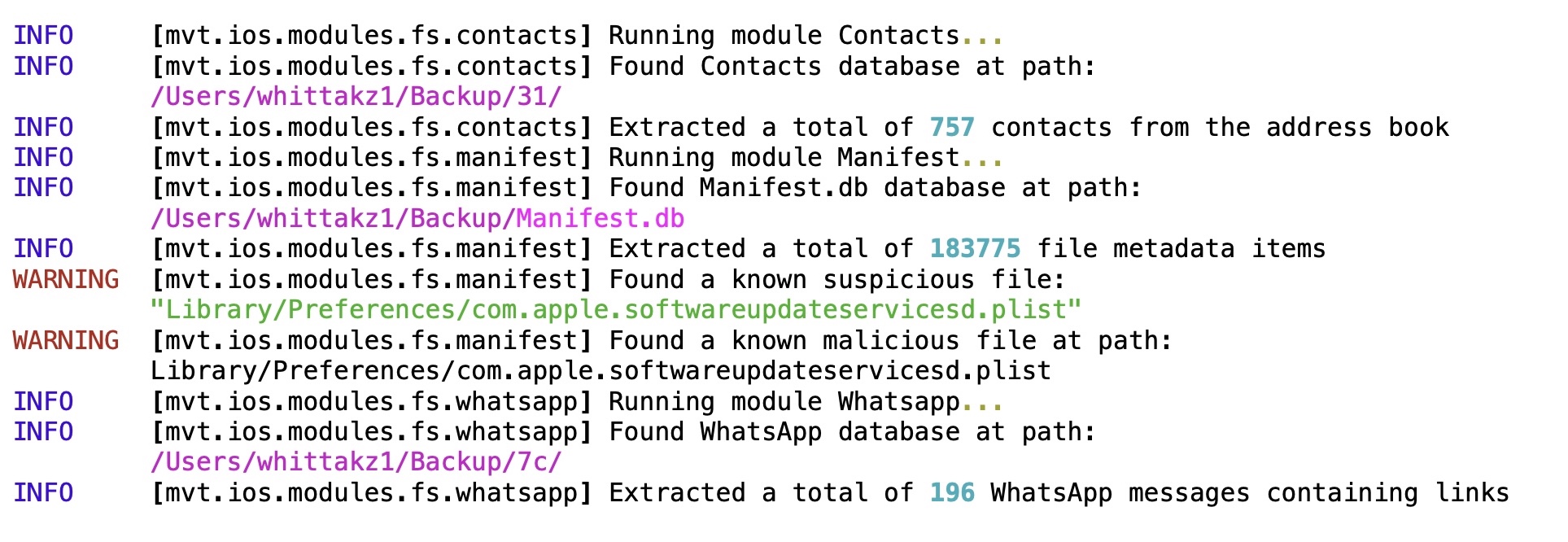News: Daily Crunch: In all-stock transaction, Zoom to purchase Five9 for $14.7 billion
Hello friends and welcome to Daily Crunch, bringing you the most important startup, tech and venture capital news in a single package.
To get a roundup of TechCrunch’s biggest and most important stories delivered to your inbox every day at 3 p.m. PDT, subscribe here.
Hello and welcome to Daily Crunch for July 19, 2021. In the old days, venture capital had seasons. VCs didn’t work in December, and the July-August period could be a bit hazy. Such variations have declined. Deal-making, it turns out, is now pretty much the theme for all seasons. Evidence? Just read what’s below! — Alex
The TechCrunch Top 3
- Rappi raises $500M: The on-demand economy is still hot around the world, something we can know for sure thanks to Rappi’s latest half-billion-dollar raise. The Colombian delivery company is now worth $5.25 billion. That’s a lot of money. Per Crunchbase data, the unicorn has now raised more than $2 billion since inception. Rappi operates in nine countries and 250 cities across Latin America.
- Zoom buys Five9: Well, the deal got announced at least. It won’t close until next year. But the $14.7 billion transaction has folks talking. It’s a large amount of money, and it’s the combination of two public companies. Both companies, of course, are formerly venture-backed companies, and the deal could help set some pricing notes for other software M&A. TechCrunch has a look at the price of the deal here.
- Robinhood and Duolingo set prices for their IPOs: If you are into watching the biggest tech companies go public, you are in luck. We got fresh infusions of data from both Robinhood, the U.S. consumer fintech giant, and Duolingo, the U.S. edtech giant. Enjoy!
Startups/VC
- Sweetch raises $20M to help you get off your backside: If you wear a smartwatch, you’ve gotten notifications from it at the wrong time. A nudge to get up and move, say, when you are seated at a restaurant. Sweetch wants to provide smarter inducements for folks to take better care of themselves, framing it as a way to “outsmart chronic conditions.” Given how much we could all do better at health, I am curious about how this startup performs.
- Dover raises $20M to make recruiting more organized: Recruiting is not a great process. Mostly it’s done by hand, and managed in spreadsheets, or perhaps a system like Lever. But startups think that there is more room for improvement. Dover is one such company, hoping that its software that helps recruiters “juggle and aggregate multiple candidate pools to source suitable job candidates automatically, and then manage the process of outreach” is just the ticket. And now it has raised from Tiger.
- Breakr wants to connect musicians and influencers: The days when radio play was the way to break into the mainstream are firmly behind us. Startups like Breakr want to help musical artists navigate the new world by connecting them to folks with their own audiences. Along the way, Breakr will take a 10% cut of fees generated from linking the two parties.
- Recapped raises $6.3M for better sales software: Akin to how Dover wants to help make recruiting a smoother process, Recapped wants to improve the sales process, namely by building software that provides greater visibility into sales pipelines and by providing buyers with a similar digital interface that it provides to sales folks. Anything to make buying stuff less awful, please!
- Jones wants to make hiring commercial real estate vendors simpler: If you own a building, hiring folks to do work in or on said building is fraught with liability. Jones just raised $12.5 million to help CME folks “find and hire the people they need in a compliant way.”
- TechCrunch broke the news that private equity group Carlyle is looking to spend more than $400 million on LiveU, a livestreaming service.
Founders: How well do you really understand seed-stage financing?
A famous poem advises us not to compare ourselves with others, “for always there will be greater and lesser persons than yourself.”
The same holds true for startup fundraising; the size of your seed round will be determined solely by your company’s immediate needs and the investors you’re working with.
“Remember that fundraising is not the goal,” says three-time YC alum Yin Wu. “Building a successful business is.”
If you are an early-stage founder who’s seeking clarity about apportioning equity — or if you’re biting your nails over how much to raise — read this primer. It’s also a useful overview for early employees and co-founders who may be new to startup financing.
- How financing works: SAFEs versus equity rounds.
- How much to raise.
- How to arrive at your valuation.
(Extra Crunch is our membership program, which helps founders and startup teams get ahead. You can sign up here.)
Big Tech Inc.
- Chaos in lidar-world: The CEO is out at Velodyne, a lidar company that went public via a SPAC. The news follows much other post-SPAC drama, our own Kirsten Korosec reports. In short, going public does not ensure that a company’s ducks will remain in a row after its shares start to trade. Velodyne is now worth just $8.69 per share, down from a high of $32.50.
- CNN is going +: Yep, another streaming service with a “+” in its name is coming out. This time from cable news pioneer and hoster-of-many-useless-panels CNN. The company is apparently hiring heavily for the effort. CNN, I hereby offer to host a regular TechCrunch show on CNN+. Call me.
- Uber wants to deliver more carrots: That’s our takeaway from news that the ride-hailing giant is expanding its grocery-delivery service to some 400 new cities. Uber also has earnings coming up, so the timing of this news item isn’t an accident; the company will have something positive to chat about in case its earnings do not delight investors’ expectations regarding its trailing performance.
- Today in cybersecurity, the United States is pointing a finger at China for “the mass-hacking of Microsoft Exchange servers earlier this year, which prompted the FBI to intervene as concerns rose that the hacks could lead to widespread destruction,” TechCrunch reports. The climate regarding cyber fuckery is changing, with nation-states increasingly content to point a finger at China and Russia for bad behavior.
TechCrunch Experts: Growth Marketing

Image Credits: SEAN GLADWELL (opens in a new window) / Getty Images
Join us tomorrow, July 20, at 5 p.m. ET on Twitter Spaces to hear Danny Crichton and MKT1, who we’ve previously interviewed for TechCrunch Experts, talk about the trends they’re seeing in growth marketing.
Announcing the agenda for the Disrupt Stage in September
We’re excited to give you a closer look at the Disrupt Stage, where the biggest names in tech talk about their companies, their plans and what’s next for the greater tech ecosystem.



